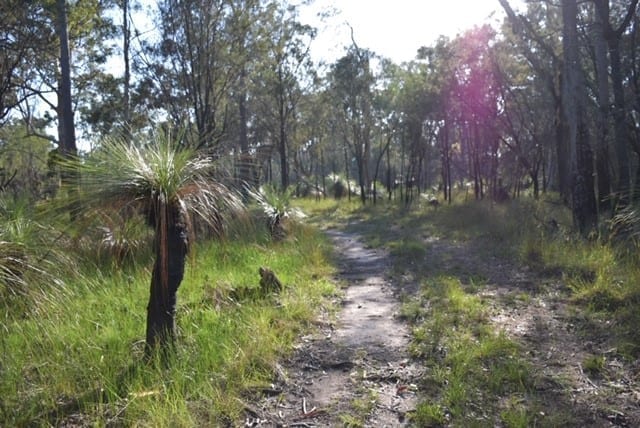National Parks
National park experience
It’s a tiny pocket of woodland squeezed to the west by the Bruce Highway, to the south by Deception Bay Rd, and on its other flanks by residential developments.
At 156 hectares, Freshwater National Park may be tiny but it’s home to some 29 species of birds, represents core koala habitat and preserves a remnant of open sclerophyll woodland, a community which once grew widely in the region.
It’s also a great little getaway from the modern world for Deception Bay residents.
I ventured into the park, early on a Sunday morning, from Priest’s Road, which runs along its eastern border.
Cicadas were already buzzing though the grass was still wet underfoot on the open, sandy track.
There was not a human soul in sight.
Dragonflies floated above young casuarinas and a peaceful dove called relentlessly while lorikeets rocketed between the trees, their ubiquitous squawking accompanied by occasional cries from a channel-billed cuckoo and the chirpy notes of a butcher bird.
The park features grandfather scribbly gums replete with hollows, but it’s dominated by younger, thinner trees, mostly gums, casuarinas, and paperbarks. These are surrounded by armies of small grass trees and a variety of grasses and sedges.
Gazetted in 1973, Freshwater National Park was formerly used as grazing land for cattle.
The department states that little is known of the Indigenous history of the area although the Gubbi Gubbi people, (of the Sunshine Coast, Moreton Bay and Burnett Mary Regions) once registered a native title claim over Freshwater National Park, which has since passed.
It’s a park unlikely to attract throngs of tourists, given its small size and lack of spectacular views or topography. The park is basically a small, roughly square, flat pocket of land intersected by Little Burpengary Creek at its northern corner.
In fact one tourist, commenting on a popular review website, dismissed the park as ‘laughable’ and deplored its lack of photographic opportunities.
But its low tourism status could be considered a bonus for the park’s wildlife.
Queensland Parks and Wildlife Service says it has no plans to develop the park beyond its currently cleared dirt walking tracks.
And lower visitor numbers of course, offers respite to native wildlife – although the park is used by locals for bird watching or for a quiet stroll.
And it must be said; its proximity to the Bruce Highway means even in the early hours of a Sunday morning the roar of traffic can easily be heard.
Despite this, I enjoyed my walk through the park.
On my way out I encountered two beautiful Pacific black ducks ambling along the track ahead of me, with not a care in the world, undisturbed, except by me joining in on their morning stroll.



I really liked this article. It speaks of the value of even the smallest patch of nature – where we are nourished and restored. Let it remain lightly visited, but let it remain. Carole